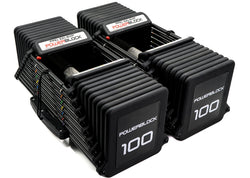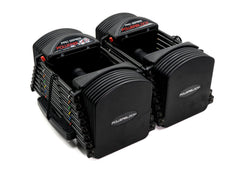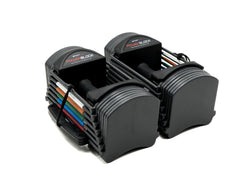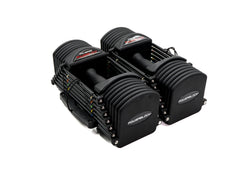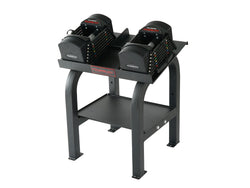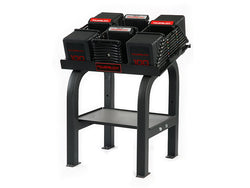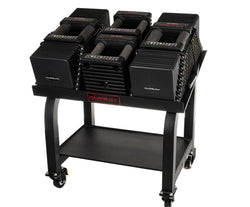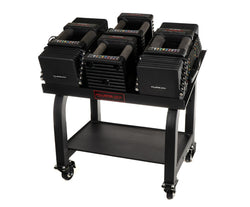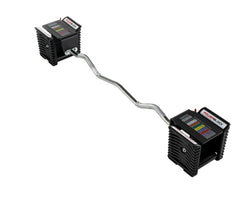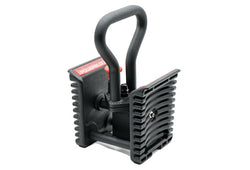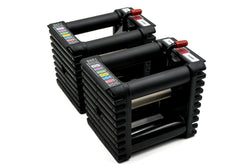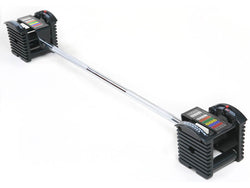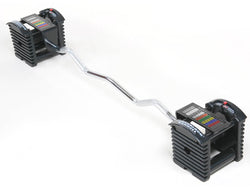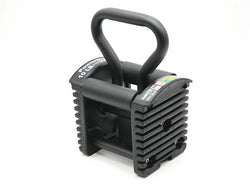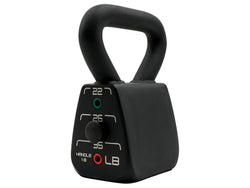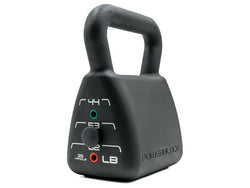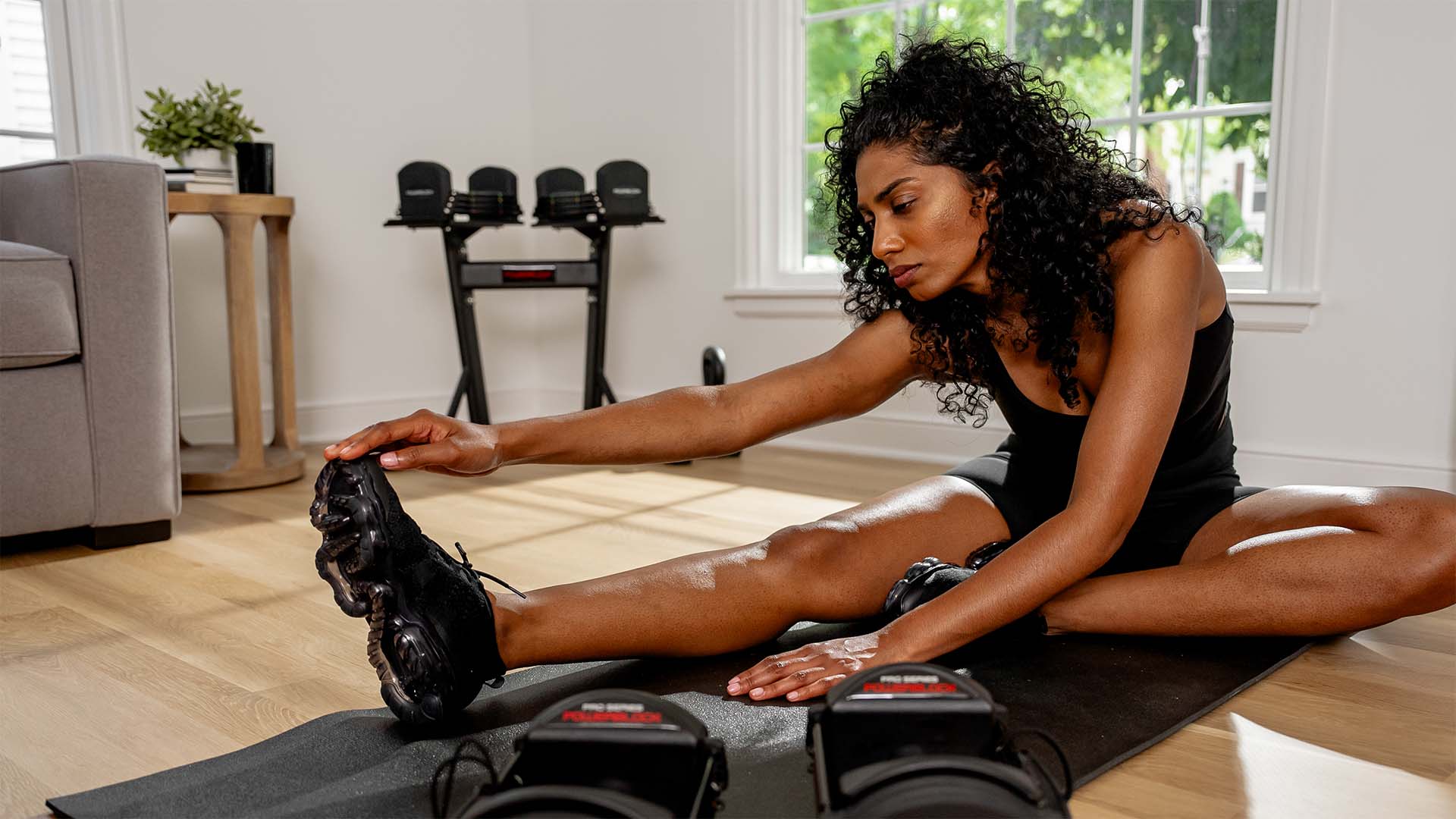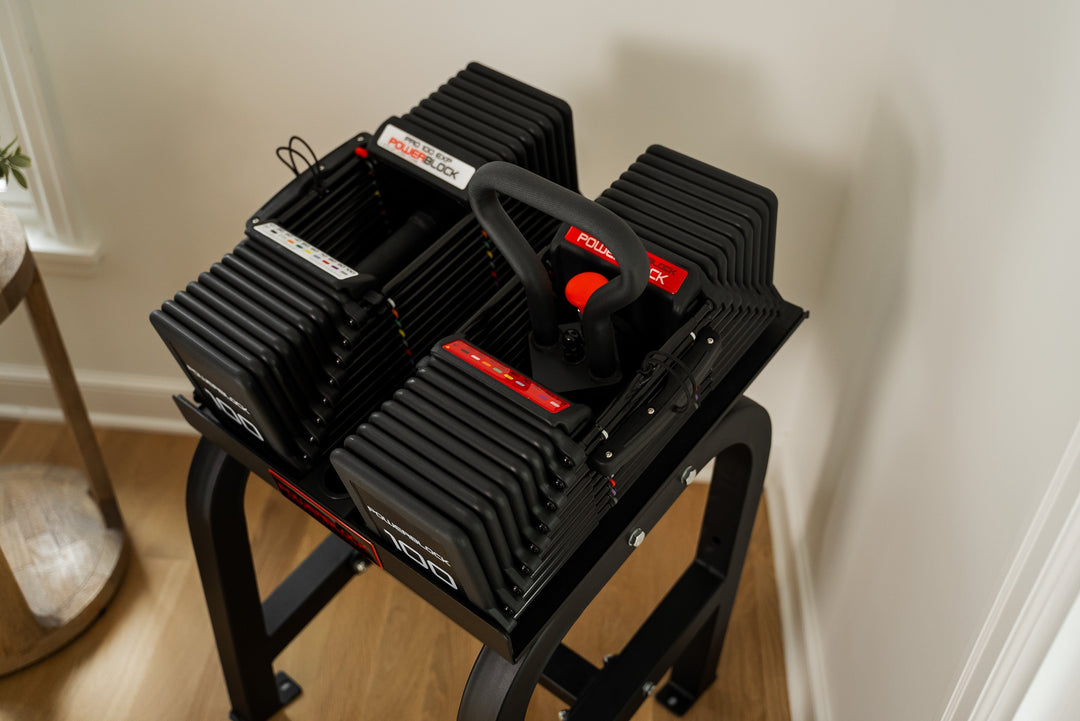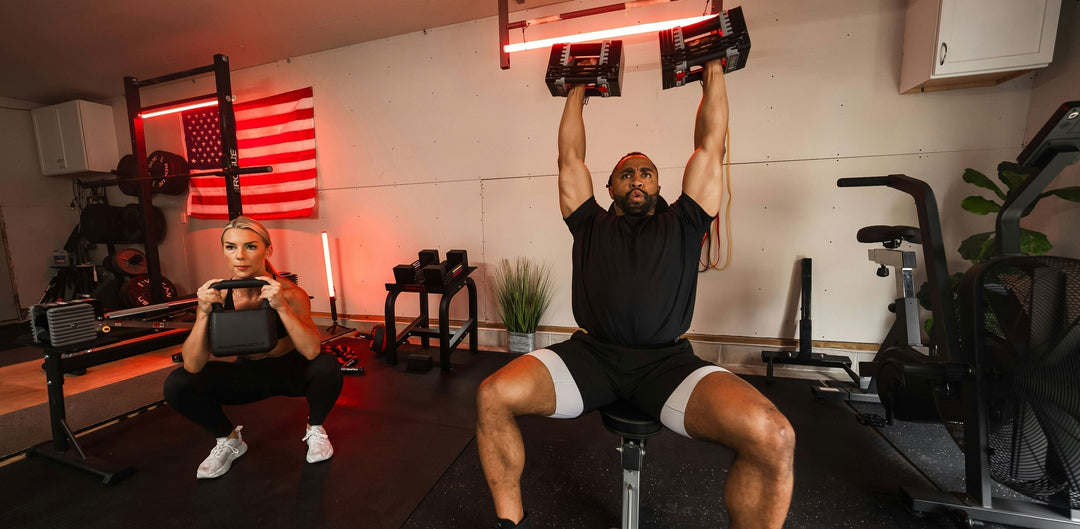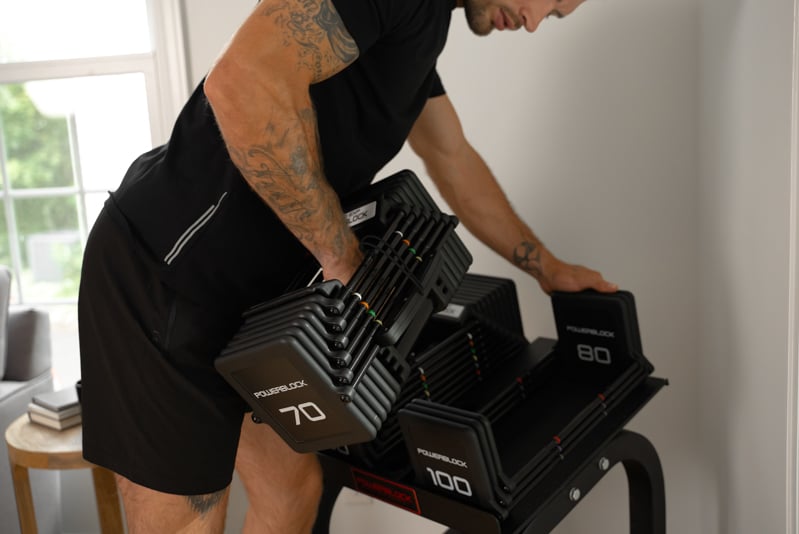It’s finally your rest day, whether your split is 3 days of training and one day off, 5 days of training and two days off, or 6 days of training and 1 day off. The rest is necessary. However, you might be someone who has to move or do some activity within your day. This is where you can turn your rest day into an active recovery and mobility day.
Active Recovery & Mobility
Active recovery and mobility days are essential to keep up with your joint health and muscle recovery. Generally, a day like this should include some form of light exercise like walking, stretching, exercise bands and lightweight work to help with range of motion.

Active Recovery
The basis of active recovery is to do any movement that doesn’t put strain on your body; going for a walk outside or playing with your kids or pets. This way, you’re getting in the movement that your body and mind crave while giving your muscles and joints rest. Take bodybuilders for example. The week leading up to a show they will still work out but they don’t want to cause inflammation that comes from training. So they stimulate the muscle but don’t annihilate the muscle. The same goes for your active rest days, stimulate your body, don’t annihilate it. Give it the rest it needs while still moving.
Mobility
Mobility is all about how our joints move in the determined range of motion. Let's look at the shoulders for example. You used to be able to touch your right shoulder blade with your hand and ever since you started training you can’t. It’s not that your shoulder is injured or something wrong with it, but through training and gaining muscle the joint’s range of motion has decreased. Adding in stretching can help regain the range of motion. Let’s say it’s a movement that you feel like you aren’t going through a full range of motion like a squat or a bench press. On your mobility day, take the heaviest weight you move and reduce it by 25-50%, and do 1-2 sets where you’re going through the full range of motion. Paying attention to what feels tight and adding a stretch for that area.
Joint Range of Motion
As discussed above, range of motion is the area in which a particular joint can move. Over time, through training, we can lose that range. The first step in improving your range of motion is taking a light dumbbell, typically 25-50% of your heaviest weight moved, and going through the movement in a controlled manner. For bench pressing, it’s getting the weight all the way down so your elbows are behind you. Now if you can’t do that, either lighten the weight being moved so your body feels more in control or get to your current stopping position and see if you can get a little further down without compromising form. The second is stretching. After you’ve done you mobility movements, take time to stretch. Start from the bottom and work your way up. Stretching your calves, then your hamstrings, then your quads, and so on. Giving each muscle group 2-3 stretches the last between 6 and 10 seconds. Over time your range of motion and flexibility will increase.
What an Active Recovery & Mobility Day should look like
Overall, your active recovery day should include five lightweight movements. With that, it’s important to remember the functionality of each joint and how you can program for these functions. PowerBlock adjustable dumbbells give you ultimate flexibility and opportunity for your workouts to make it easy to go from high-intensity workouts to lighter recovery workouts focused on mobility and recovery. Here is a quick recovery workout you can do:
|
Exercise |
Sets |
Reps |
|
Arm Circles |
1-2 |
8-10 |
|
Dumbbell or Kettlebell Side Bend |
1-2 |
8-10 |
|
Dumbbell Lunge with Rotation |
1-2 |
8-10 |
|
Goblet Squat with Pause |
1-2 |
8-10 |
|
Dumbbell Double Windmill |
1-2 |
8-10 |
Here’s a quick breakdown for each movement:
Arm Circles
Stand with arms extended at shoulder height. Make small, controlled circles forward and backward to mobilize the shoulders.

Dumbbell or Kettlebell Side Bend
Hold a dumbbell in one hand with your arm resting by your side and bend sideways at the waist. This stretches and mobilizes the spine while strengthening the obliques.

Dumbbell Lunge with Rotation
Perform a forward lunge while holding a dumbbell with both hands at chest level. Rotate the torso toward the front leg at the bottom of the lunge to mobilize the hips and improve thoracic rotation.

Dumbbell Goblet Squat with Pause
Hold a dumbbell close to your chest in a squat position. Pause at the bottom, shifting slightly left and right to increase mobility in your hips and ankles.

Dumbbell Double Windmill
Hold a dumbbell overhead in one hand and the other in front of your body. With your legs just outside hip-width apart, hinge downwards, trying to get the dumbbell in front of your body to touch the floor. This exercise engages the core, enhances shoulder stability, and mobilizes the hips and hamstrings.

Post-Workout Stretch Routine
Once finished with this recovery-focused workout, go into this stretch routine:
|
Body Part |
Sets |
Time in Stretch |
|
Calf Stretch |
2-3 |
6-10 sec. |
|
Hamstring Stretch |
2-3 |
6-10 sec. |
|
Figure Four Stretch |
2-3 |
6-10 sec. |
|
Quad Stretch |
2-3 |
6-10 sec. |
|
Chest Stretch |
2-3 |
6-10 sec. |
|
Shoulder Stretch |
2-3 |
6-10 sec. |
Here’s a quick breakdown on how to perform each stretch:
Calf Stretch
Face your staircase as though you are about to start going up it, and place the ball of your foot on it. Then, using your body weight, lower your heel to the floor. Hold for 6-10 seconds, then bring your foot back up so it’s parallel to the floor. Repeat 2-3 times and switch you your other foot.

Hamstring stretch
Grab a resistance band and lie on the floor. Wrap the band around your foot and raise your leg into the air, applying constant tension to the band while keeping your leg straight and pulling it towards your torso. Hold for 6-10 seconds, then lower your leg. Repeat 2-3 times, then switch legs.

Figure Four Stretch
In a lying position, bend one knee, then place the other leg across the bent one so that the foot can hook onto the outside portion of the bent leg. With both hands, grab the bent leg and rock yourself backward, pulling your bent leg to your torso. Hold for 6-10 seconds and repeat 2-3 times, then switch legs.

Quad Stretch
In a standing position, use a wall or door frame to keep balance, use a hand to grab the same side ankle. Then bring your heel to your butt. Hold for 6-10 seconds, repeat 2-3 times, and switch legs.

Chest Stretch
Using a door frame, take one hand and place it behind your head. Have both your upper and forearm on the door frame. From there, turn away from the door frame. Hold for 6-10 seconds, repeat 2-3 times, and switch arms.

Shoulder Stretch
Take one hand and reach behind your back, trying to touch the same side shoulder blade. Then take the opposite hand and place it on your elbow. Turn your head to the same side as the stretching shoulder, and then with your non-stretching hand, gently pull the stretching elbow down. Hold for 6-10 seconds, repeat 2-3 times, and switch arms.

The Importance of Rest Days
This workout and stretch session will do wonders for your overall recovery on your rest days. If you do not want to do a workout but still want to be active, take a 20-30-minute walk with a friend, your partner, or even your kids if you have them. Remember, not all rest days need to be an active recovery and mobility day. Take time to do nothing but watch the games or a TV show you want to start or catch up on. Those days are just as important.
